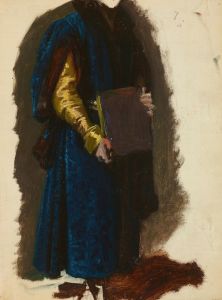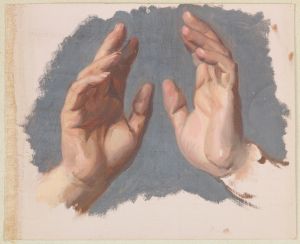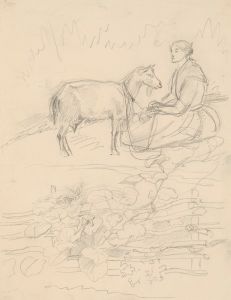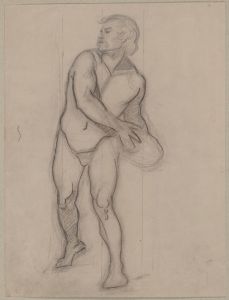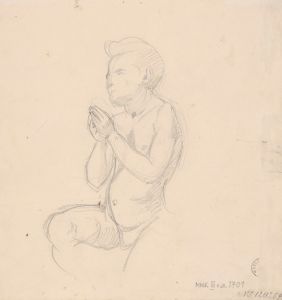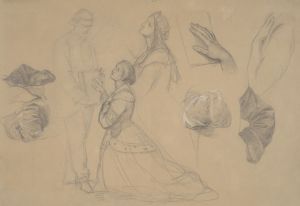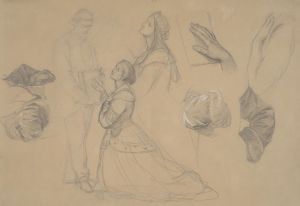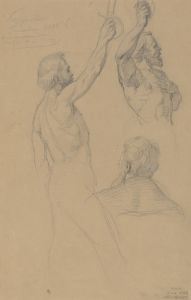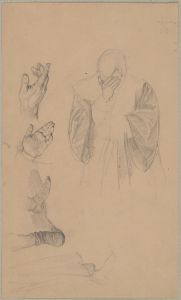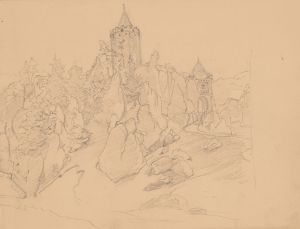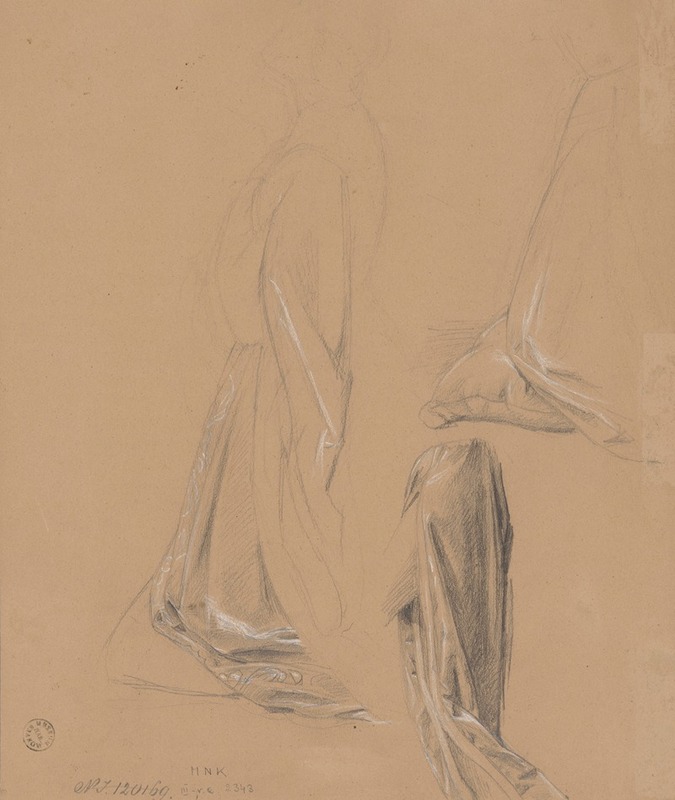
Study of the queen figure for the painting ‘Queen Jadwiga’s Oath’
A hand-painted replica of Józef Simmler’s masterpiece Study of the queen figure for the painting ‘Queen Jadwiga’s Oath’, meticulously crafted by professional artists to capture the true essence of the original. Each piece is created with museum-quality canvas and rare mineral pigments, carefully painted by experienced artists with delicate brushstrokes and rich, layered colors to perfectly recreate the texture of the original artwork. Unlike machine-printed reproductions, this hand-painted version brings the painting to life, infused with the artist’s emotions and skill in every stroke. Whether for personal collection or home decoration, it instantly elevates the artistic atmosphere of any space.
Józef Simmler, a prominent Polish painter of the 19th century, is best known for his historical and portrait works that reflect the Romantic style and often depict significant moments in Polish history. One of his notable creations is the painting Queen Jadwiga’s Oath (Przysięga królowej Jadwigi), which portrays Queen Jadwiga of Poland, a revered figure in Polish history and a canonized saint in the Catholic Church. The painting captures a solemn moment, emphasizing the queen's piety, wisdom, and dedication to her people.
The Study of the Queen Figure for the Painting ‘Queen Jadwiga’s Oath’ is a preparatory work created by Simmler as part of his artistic process for the final composition. This study focuses on the depiction of Queen Jadwiga herself, showcasing the artist's meticulous attention to detail and his effort to convey the queen's character and emotions. Studies like this were a common practice among 19th-century painters, allowing them to refine their ideas and perfect the portrayal of key figures before committing to the final canvas.
In this particular study, Simmler likely concentrated on the queen's posture, facial expression, and attire, aiming to achieve a balance between historical accuracy and artistic interpretation. Queen Jadwiga is often depicted wearing regal garments, symbolizing her status as a monarch, while her expression conveys a sense of solemnity and devotion, reflecting her role as a deeply religious and compassionate leader. These elements are consistent with her historical reputation as a ruler who prioritized the welfare of her kingdom and its people.
The final painting, Queen Jadwiga’s Oath, is considered one of Simmler’s masterpieces, though the study itself holds significant value as an example of his preparatory work and artistic process. It provides insight into how Simmler approached the challenge of portraying a historical figure with both realism and reverence. The study also highlights the importance of Queen Jadwiga in Polish cultural memory, as she remains a symbol of moral integrity and national pride.
While the exact details of the study's current location or its specific medium may not be widely documented, it remains an important piece within the context of Simmler’s body of work and the broader tradition of 19th-century Polish historical painting.





